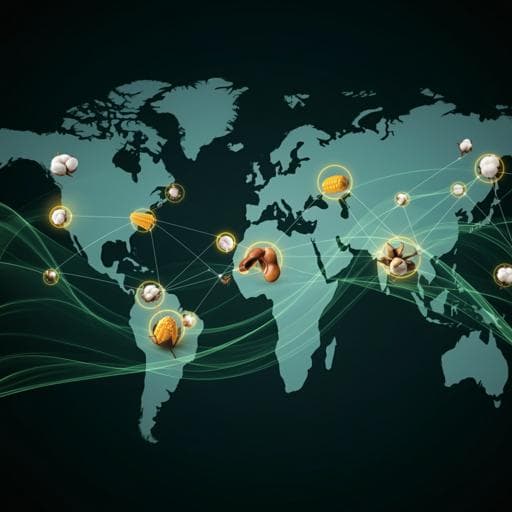
Economics
COVID-19, the Russia-Ukraine war and the connectedness between the U.S. and Chinese agricultural futures markets
Y. Zhang, Y. Sun, et al.
This research led by Yongmin Zhang and colleagues explores how the COVID-19 pandemic and the Russia-Ukraine war reshaped the relationship between U.S. and Chinese agricultural futures markets. Discover how these global events influenced volatility and market dynamics, particularly for soybean and corn futures.
~3 min • Beginner • English
Related Publications
Explore these studies to deepen your understanding of the subject.







